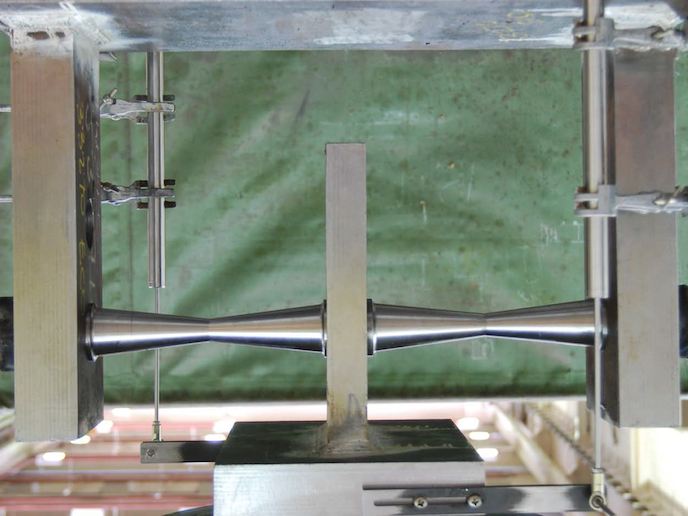Contributing to modern ships' propulsion system design
The ship speed of large container vessels, ferries and cruise ships has been increased in recent years. Concurrent with this trend the design of propellers for these ships has become more difficult; therefore, more stringent requirements have been forwarded to the suppliers of the propulsion installation. It is a general rule when designing propellers to aim for the highest possible level of propeller efficiency while keeping vibrations and noise and hence cavitation at the lowest level. The EU funded LEADING EDGE project sought to elaborate numerical tools for an accurate geometrical description of the propulsion system and for cavitation calculations on the propellers' blades. The simulation results will give valuable insights into the origin, strength and structure of the tip vortex, which is one of the major causes of vibrations and noise, at model and full scale. Researchers at the Chalmers University of Technology investigated three different types of propellers: a conventional, serving as reference, a highly skewed propeller and a propeller with tip blades. The first step in both computational fluid dynamics (CFD) of fluid flows and finite element modelling (FEM) of structural problems was to generate a solid model of the structure's geometry. The preparation of a calculation grid splits the geometry under consideration into small volume elements. In the numerical simulations of fluid flows the density and quality of the grid was revealed to be especially important and accuracy heavily dependent on which type of grid was used. Often there was a trade-off between accuracy and effort required in the choice of optimal grid type and in the generation of the appropriate grid. A general conclusion from all grid generations in the project LEADING EDGE was that a multi-grid approach meets better the requirements of representing complex propeller geometry. Efficient form variations can be achieved on the basis of this approach, as well as solutions that can lend themselves to practical application in automated hydrodynamic assessments of ship design.






